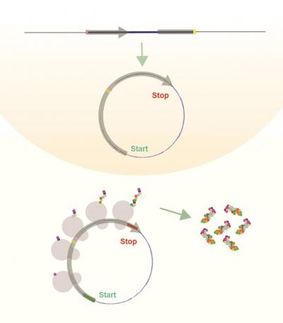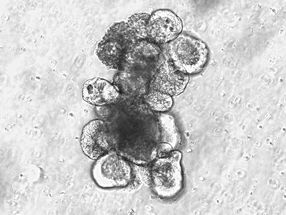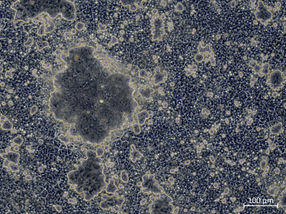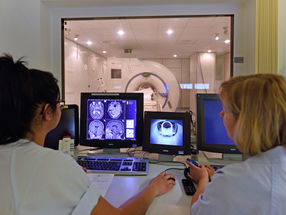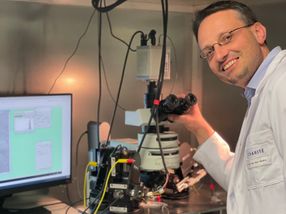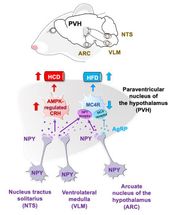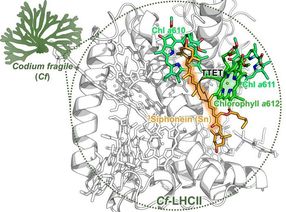Findings may lead to design of new drugs
Advertisement
Scientists at Northwestern University have acquired new insight into how a specialized sensor protein that acts as an early warning system detects dangerous amounts of the "coinage metals" - silver, gold and copper - inside cells. For the first time, researchers can explain this important mechanism at the atomic level.
The findings, published in the journal Science and recently published online by the Journal of the American Chemical Society, should improve our knowledge of diseases related to copper metabolism and influence the design of anticancer and antimicrobial drugs. The research may lead to better methods for removing toxic metals from the environment.
By studying the inorganic chemistry of the bacterium E. coli, a research team led by Thomas V. O´Halloran, professor of chemistry at Northwestern, established the molecular and structural basis for the cell´s early detection of miniscule amounts of copper. The work was done in collaboration with Alfonso Mondragon, professor of biochemistry, molecular biology and cell biology at Northwestern, and James E. Penner-Hahn, professor of chemistry at the University of Michigan.
Having determined the structures of copper-, silver- and gold-bound forms of the metalloregulatory protein CueR, the researchers were able to show the protein´s extraordinary sensitivity to copper as well as how the cell distinguishes copper from other metals, such as gold and silver.
"Metals are absolutely essential to the healthy functioning of all cells in the human body," said O´Halloran. "But metals are high-maintenance nutrients. They are finicky and can be particularly destructive if not managed by the cell in the right way. Cells must protect themselves against excess amounts."
O´Halloran likened the cell to a city in which metal ions are similar to important and reactive fuels that must be imported and then carefully delivered from one part of the city to another. Reactive metals such as copper have the potential to catalyze runaway reactions that could harm the cell, much as a series of explosions could damage critical systems in a city. Understanding how a cell properly deals with copper and other potentially toxic metals will aid biomedical researchers in understanding what happens when things go awry in cancer and neurodegenerative disorders, such as Wilson´s, Menkes and Lou Gehrig´s diseases and possibly Alzheimer´s disease.



